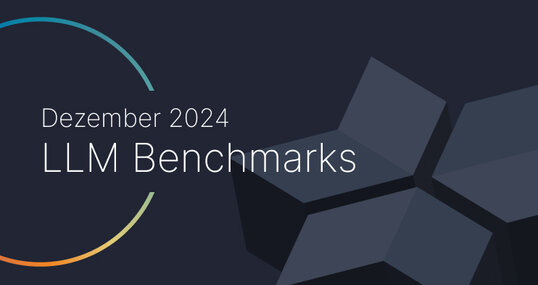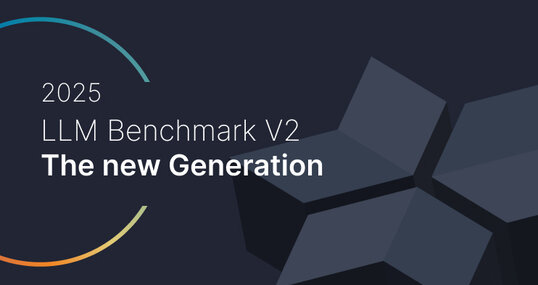In this post, we will create the last piece of our micro frontends with the design system PoC. We now have a design system, several micro frontends consuming this design system, and we need now a shell application that will import micro frontends and display them.
Shell Application Overview
This shell application will import micro frontends using script tags and script URLs hardcoded in index.html in the real project, it would be driven by some sort of configuration.
Aspects Not Covered
This series will not cover two aspects: module federation and mounting microseconds to isolated virtual DOM.
Understanding Module Federation
Module federation helps to lower the size of included script by requesting modules, used by more than one micro frontend, only once. If we want to increase isolation between micro frontend we can create a web component that will mount micro frontend to isolated virtual dom.
Setting Up the Shell Application
Create directory fitness-portal-shell in the same directory as design-system and micro frontends.
Running Setup Commands
Run the following commands, from the new directory to setup project dependencies:






































































































